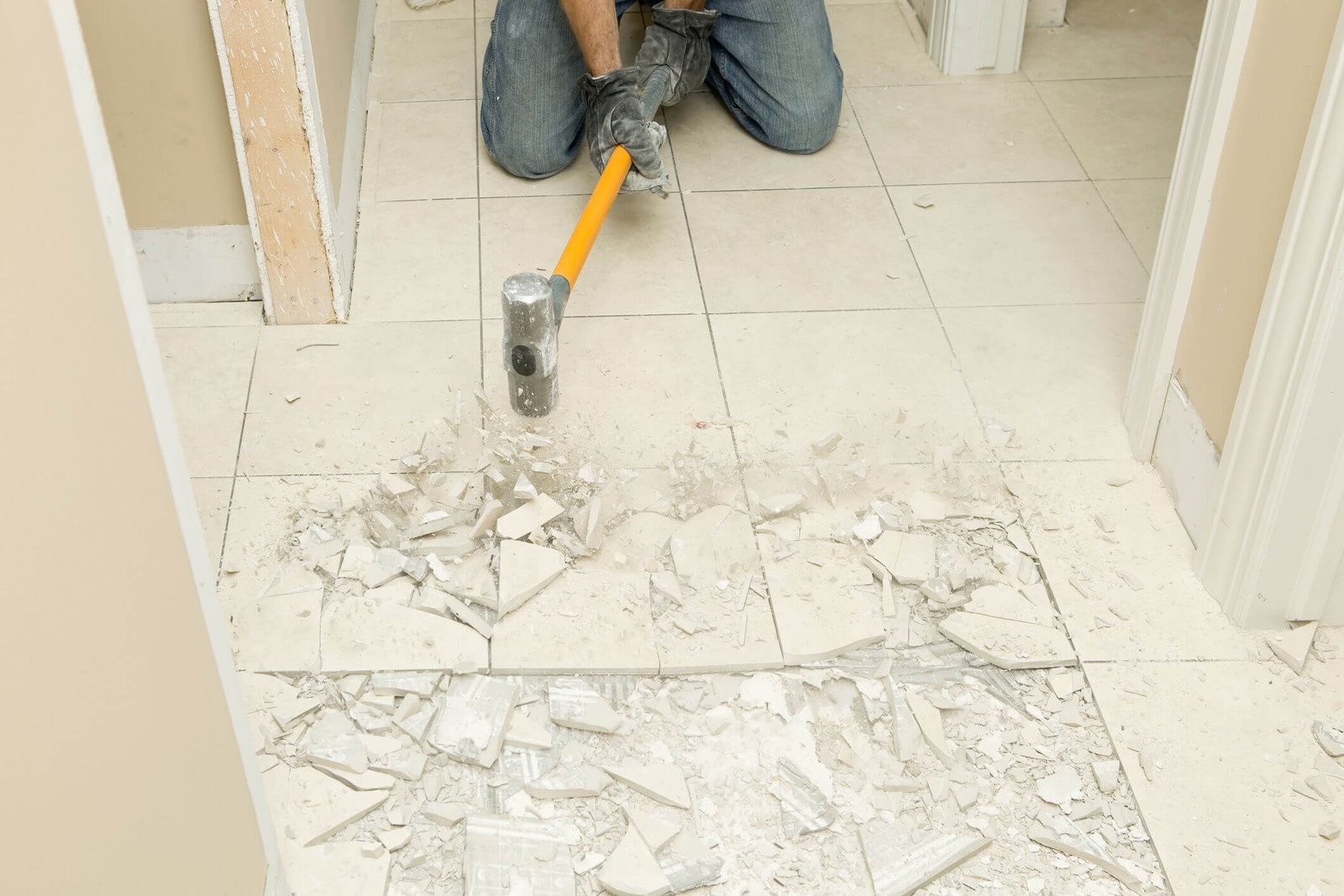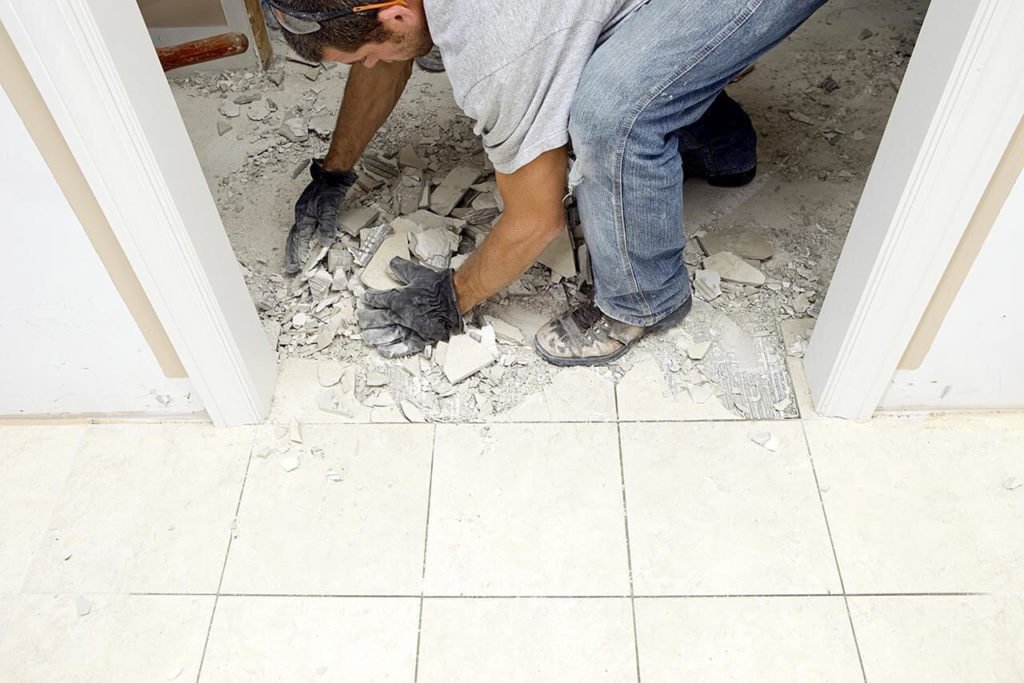Do you want to know how to remove marble flooring? If your answer is yes then you are in the perfect place. Here, you will get complete information about how to remove marble flooring.
It is true that you may have installed those awesome tiles with all your heart after selecting them from a huge collection, but there may come a time when you need to remove them for one reason or another.
But when it comes to removing the tiles from the floor, you have to be very careful because there is always the risk of breaking them. Once ruptured, shingles may need a complete replacement.
Here Is How to Remove Marble Flooring

For your help and reference, we’ve brought some effective tips and tricks that will help you remove floor tiles without breaking them. They are given as follows:
Start breaking the tiles
Starting in the center of the room, use a sledgehammer to break several tiles. Aim for the exhausts as these will be the weakest points. As you work with the deck, be careful not to get carried away. You want to break up the marble so you can remove it, but avoid damaging the subfloor in the process.
Remove large pieces
Once the marble has cracked and broken in several places, you can start removing large chunks from the floor. You can use a floor scraper from a standing position to lift large sections of tile or use the flat edge of a masonry chisel to slide up the side of individual tiles to lift them. You may need to hit the mortar below to break the grip.
Cut the net (if applicable)
This is where you will determine if your marble has been set in a bed of mortar reinforced with thick wire mesh. If so, you may need to start cutting the net with aircraft shears to free it from the floor.
This is hard work, but it has the advantage of allowing larger marble sections to be lifted intact. Be sure to wear thick leather gloves during this job, as the wire mesh can become sharp when you cut it.
Cut out the smaller remains
The sledgehammer only serves to break the tile, not to remove everything. For small pieces of adhering debris, place the cutting edge of the masonry chisel against the underside of the tile, then tap the handle of the tool with a hammer. This will force the sharp edge of the chisel under the mortar and free the fragment.
Smooth the subfloor
Use a flat-blade paint scraper to scrape up the last remaining dry thin-set on the subfloor. In some cases, it may be necessary to use medium or coarse sandpaper to smooth the surface. A leveling compound can also be used to repair any damage that has occurred during the removal process.
Make sure the subfloor is completely flat, level, and free of defects before proceeding to lay a new surface flooring over it. In some cases, the best strategy will be to install a new thin layer of subfloor on the subfloor to make it suitable for new flooring.
Faqs | How to Remove Marble Flooring
Can you remove the marble tiles without breaking them?
It also has a very low tensile strength, which means that if you try to bend it, it will crack. Removing the tiles without breaking them means that you will have to flex them to some degree during the removal process. If you flex them beyond their tensile strength, they break.
How to remove the marble floor without breaking it?
The smaller the marble tile, the easier it will be to remove it in one piece because the larger the tile, the more likely it is to bend. To avoid this, remove the tiles by slowly sliding a trowel under them from different angles to gently loosen the tiles.
How are marble tiles removed?
You can use a floor scraper from a standing position to lift large sections of tiles or use the flat edge of a masonry chisel to slide it under the side of the individual tiles to lift them. It may be necessary to drill the mortar underneath to break it.
Can you lay the tiles on a marble floor?
Technically, it is possible, but in practice, it is avoided. Covering the walls with cultured marble is not a good idea. “Cultured marble” is an acrylic compound and therefore will require an epoxy setting material after the surface has been roughened with a grinder or sandpaper.
Also, read this: HOW TO CLEAN STICKY TILE FLOORS | BEST GUIDE OF 2022
